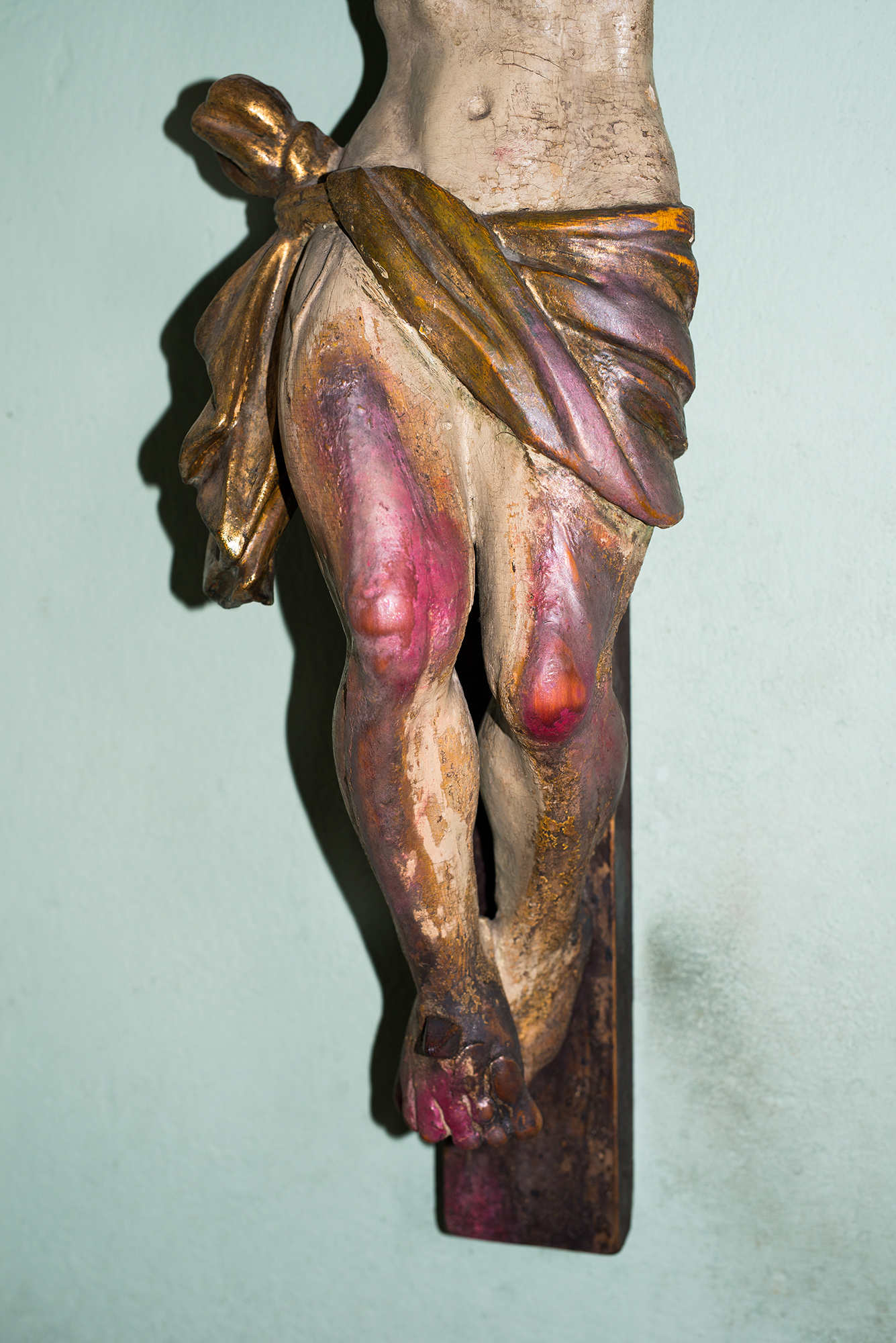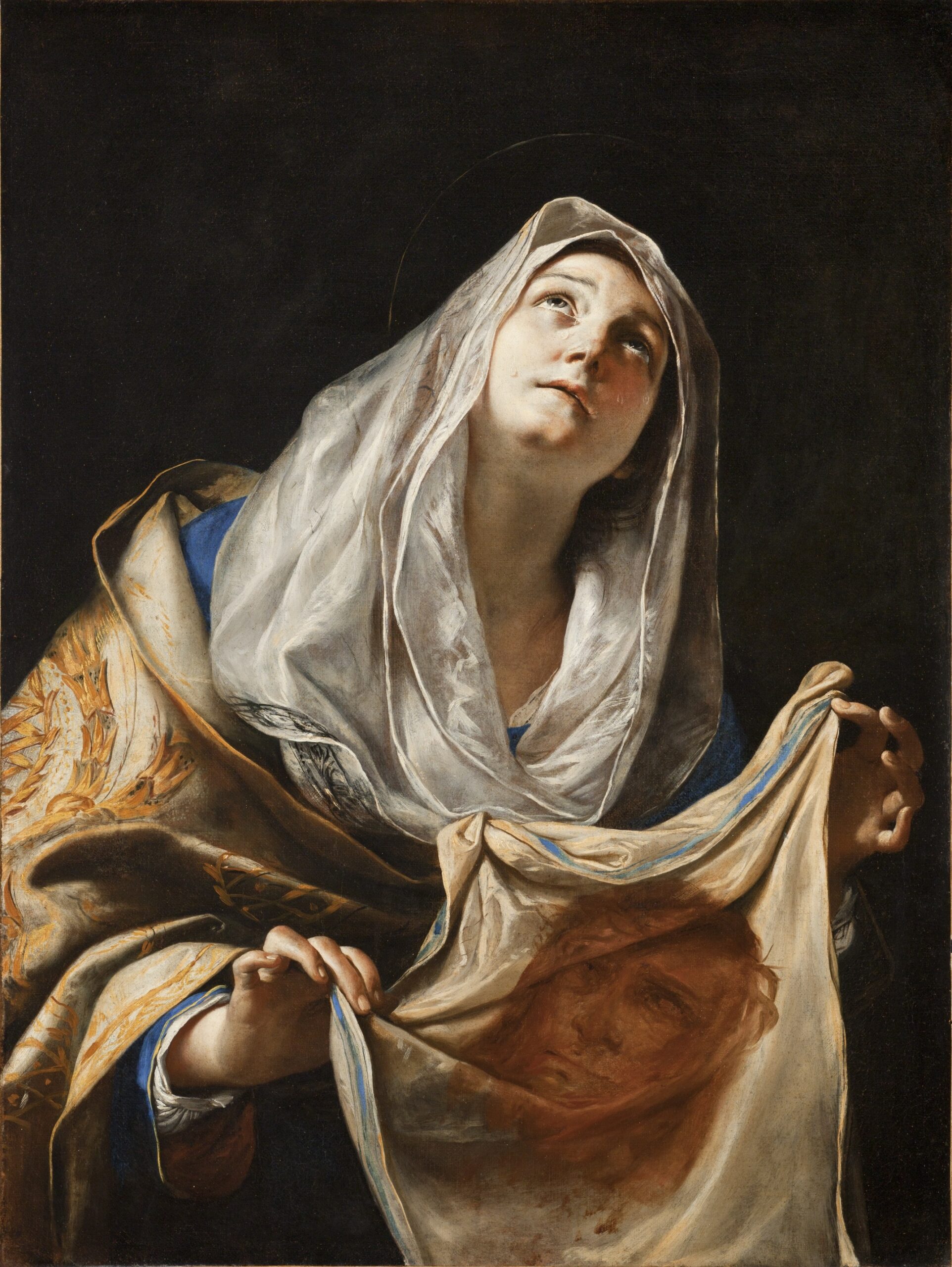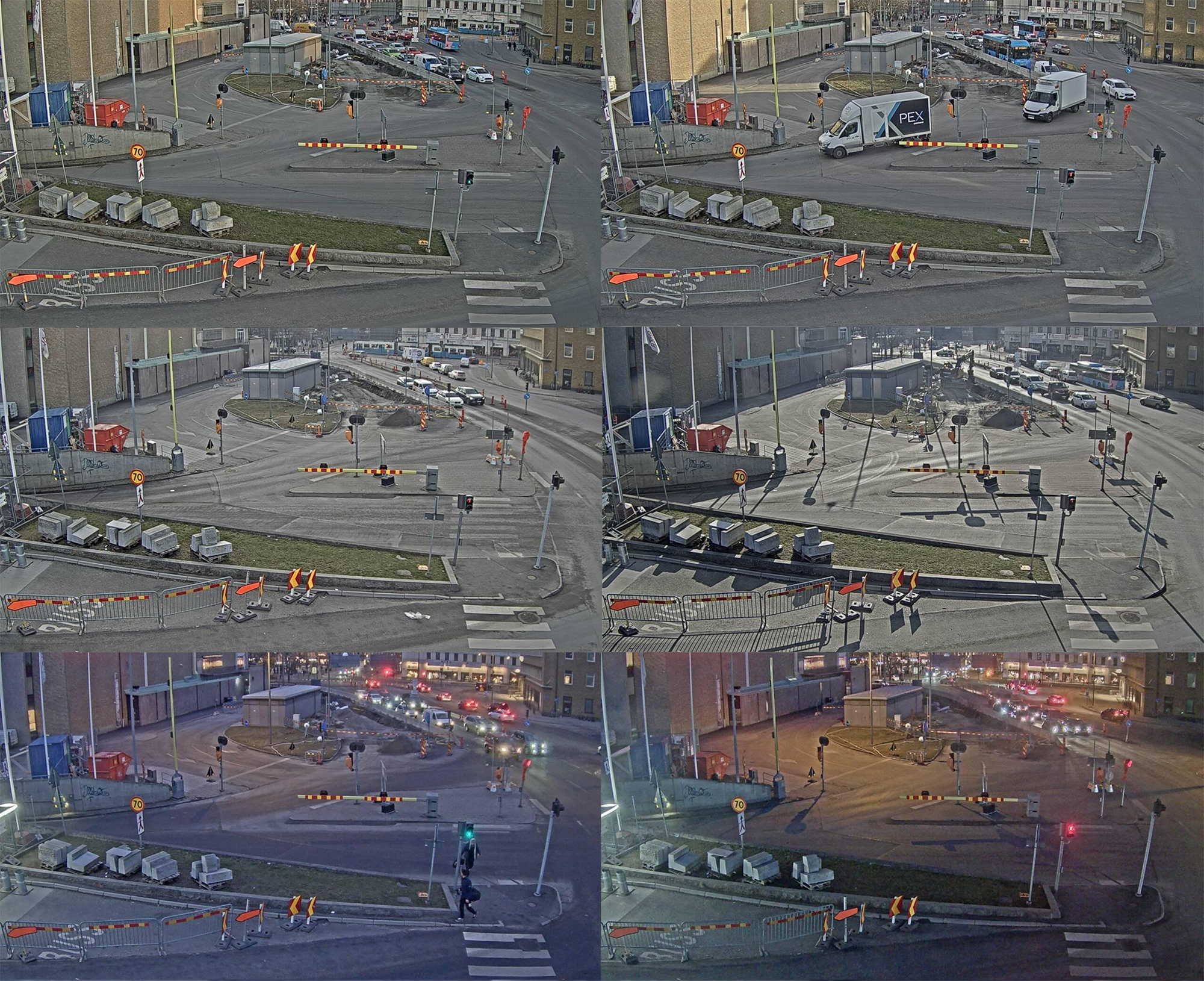



Let us now praise photography and all its connections to holy images

Writing this article has been a struggle. How to form a concise text from the thick of thoughts drowned by extremely unsetting news striking all around?[i] Is it possible to compile different snippets from books I’ve read on topics so distanced from each other as icons from the first centuries of our calendar era and photography which was born in the time of industrial revolution? And last but not least, how to be original when everything has already been written and photographed? But do I really have to be original or — following up this simple question — is originality or uniqueness actually important?
Stating the latter question is not an act of laziness nor resignation. My attempts to connect different types of imagery come from the belief that even single images (as well as thoughts and ideas consequently) don’t existin a vacuum. We all work within visuality that accumulate various yet linked parts influencing each other. Let me take a risk and compare this accumulation of images to the Deleuze and Guattari’s thousand plateauswhere “each plateau can be read starting anywhere and can be related to any other plateau.”[ii] Armed with this influential postmodern metaphor which can lead to question singularity, I’d like to propose a juxtaposition of photography and an early type of christian paintings — acheiropoieta.
But first let me briefly introduce or remind what the latter term represents. Acheiropoieta, which means images not-rendered by human hand, were one of the early forms of visual arguments in favour of the physical presence of Christ and his mother. Those material representations of divinity were believed to be miraculously created through the direct contact with the Jesus’ or Mary’s bodies.

Christians had to find material evidence to prove that his existence on earth was real, as well as was the carnal presence of saints representing Christ’s divinity on earth after his ascension, because as Ewa Kuryluk writes “incarnation implied representation”[iii]. Long before photography was born, its ancestors in proofing the real presence of a person were the relics substantiated by “the body of the holy person, or an object or place that had been in contact with an object empowered by that body.”[iv]
Icons, which served as visual links between god and humans and even more between invisible and visible, could have functioned as equivalents of photography long time before the latter was born. They worked as the material evidence of the existence of Christ and saints on earth, similarly to photographs giving a proof of WHAT happened and WHO was the partaker. Icons could be validated as “recognisable traces through which [the] historical reality could be remembered” as a result of their origin in the direct contact with the divine body and because they held the representative function due to “a specific form, a likeness, impressed into its material nature”, using words proposed by Hans Belting[v]. Additionally, they had to be equipped with the holy character, because even though they were supposed to function as a representation, they did not represent ordinary but divine. Hereby one of their most distinctive attributes was introduced: they were pictures not rendered by a human.
At this point a connotation to photography can simply but certainly be brought in. Photographic representations are also not made by hand. In case of acheiropoieta the removal of the direct human participation in the process of creation opened the door to heaven by adding their miraculous origins. This transition from the human to the divine nature ennobled images and gave them the additional power. A different mechanism has been established for photography, although its relation to sanctity might be closer than we think. The technical character of photography, in contrast to arts crafted by humans, depreciates it as a visual expression of human, particularly in terms of spirituality. However, I strongly believe that this devaluation is caused merely by the currently declining glorification of human possibilities.
No matter how much we are still struggling with finding value in non-human creations, our senses can be moved, even if unwillingly, by what is beyond human. There is something unsettling in the direct likeness of the photographic representation, yet the illusion of photography can lead us to call it magical, however this statement is easier to be formulated when not a person is involved in the depiction.

What prevents us from praising the true value of photography is also its reproductive character. In today’s world claiming to focus on individuality and originality, photographers tend to limit the real potential of the medium, falsely specifying the number of copies and narrowing it down only to uplift the social prestige and to increase the financial profit. The history of holy images shows that reproductivity can have enhancing significance on its own.
As the likeness represented in icons were bringing the believers closer to Jesus and saints, the holiness inscribed in them could only be attained by repetition. Quoting Hans Belting who described this mechanism, “the duplication of the icon by copying has no effect upon its power to make present, as each reiteration does not create a separate and different entity. Rather, the reiteration remains bound by a formal relationship that in its action of transformation builds a chain of identity.”[vi] By reproducing the same image that was identified as representing the truly existing god, an icon was given the extraordinary sense as a transmitter of the divine power which at the same time had its origins in the evidential character of an image. As Belting observed, “It marked a trace of a continuing presence of the holy in the world and was deemed a truthful material manifestation of historical persons and events.”[vii]

We can assume that acheiropoieta and photographs alike exist as a flow, using Joanna Zylinska’s analogy, or a cascade, quoting Bruno Latour. Holy depictions of Jesus and saints wouldn’t be divine if they didn’t repeat one after the other, as its nature is in the endless duplication. Photography lives in today’s world in multiplicity, not only because of its reproductive character, but also through its omnipresence. The world is constantly photographed and what we actually do as photographers, visual researchers or curators is cutting from the ongoing process of registering the reality. According to Zylinska, photographs are only as much and so much “temporary stabilizations of the flow of duration”[viii], optimistically still bearing “a trace of life” and this living character is possible thanks to the continuous flow.
For icons a similar functioning as a never ending series might be the only way to determine the sense of their existence, particularly as transmitters of divinity, for just another reason. As Bruno Latour provocatively notices, religious images “force the viewer, the worshipper, into not seeing what is presented in front of him or her” and the cascade of images leads only to “the redirecting of attention to another image”[ix]. According to Latour, discontinuing such sequence would immediately show that there is nothing beside the image itself, and that what religious images actually represent is not the presence but the absence of gods.
I am both attracted and scared by the question that comes to my mind consequently, still I dare to wonder what would happen if we stopped the flow in which photography exists. And by stopping I don’t mean cuttings as stabilizations within the flow, using Zylinska’s terminology, but annihilation of it. Warned by Latour’s interpretation of the cascade of religious images, I want photographic images to repeat one by one or refer to each other, even if what I see is just a trick or magic, as I prefer presence instead of absence. In this opposition the first one is yet closer to life which might only confirm Zylinska’s understanding of photography as a bearerof life contrary to the traditional positioning of it in the context of death.
[i] I’m finishing writing this text during the first two weeks of the Russian war in Ukraine.
[ii] Deleuze Gilles, Guattari Felix, A thousand plateaus: capitalism and schizophrenia, London, 1998.
[iii] Kuryluk, Ewa, Veronica and Her Cloth: History, Symbolism and Structure of a ‘True’ Image, Cambridge, Mass: Basil Blackwell, 1991, p. 143.
[iv] Belting, Hans. Likeness and Presence: A History of the Image Before the Era of Art. Chicago: University of Chicago Press, 1994, p. 36.
[v] Ibidem, p. 36.
[vi] Ibidem, p. 36.
[vii] Ibidem, p. 36.
[viii] Zylinska Joanna, Nonhuman photography. Cambridge 2017, p. 72.
[ix] Latour Bruno, What is Iconoclash? Or is There a World Beyond the Image Wars?, in: Iconoclash: [beyond the image wars in science, religion, and art], ed. Bruno Latour. Karlsruhe, Cambridge 2002, p. 33.